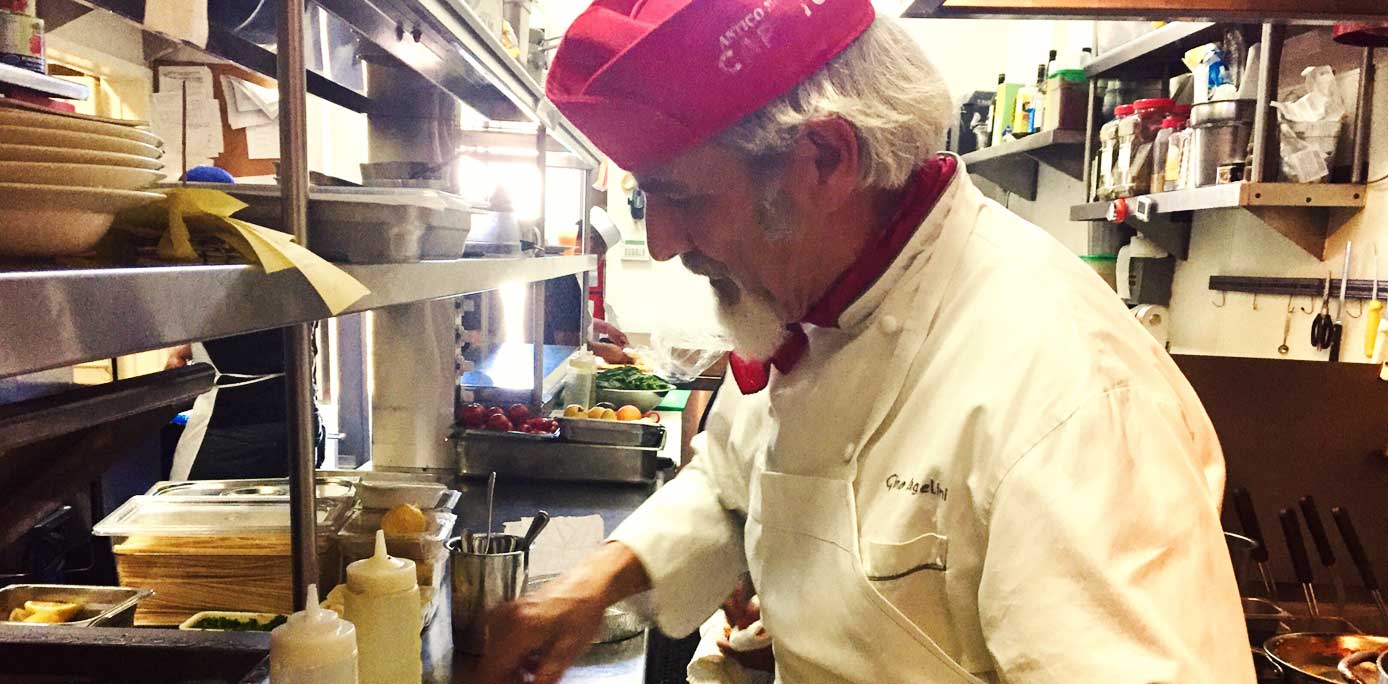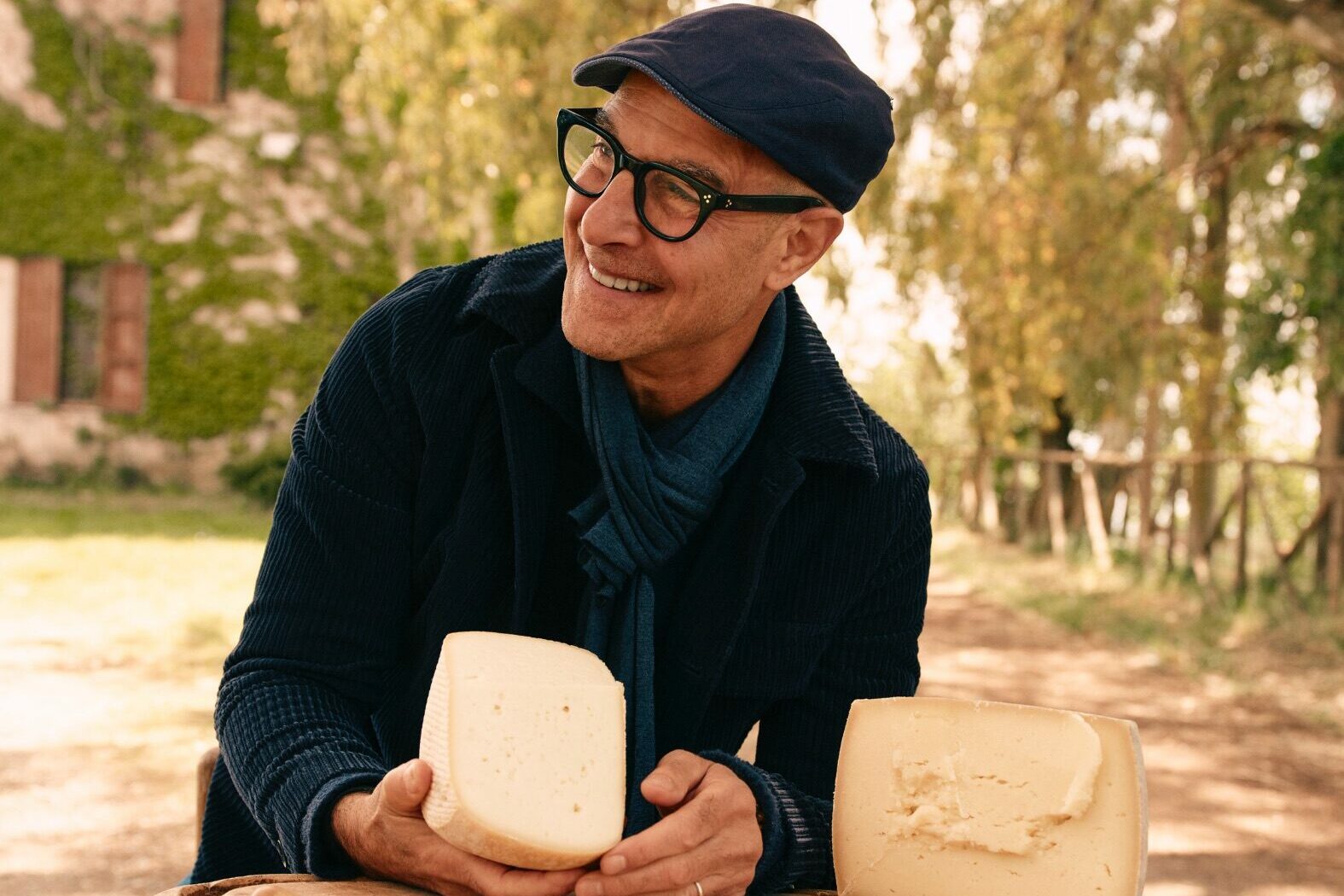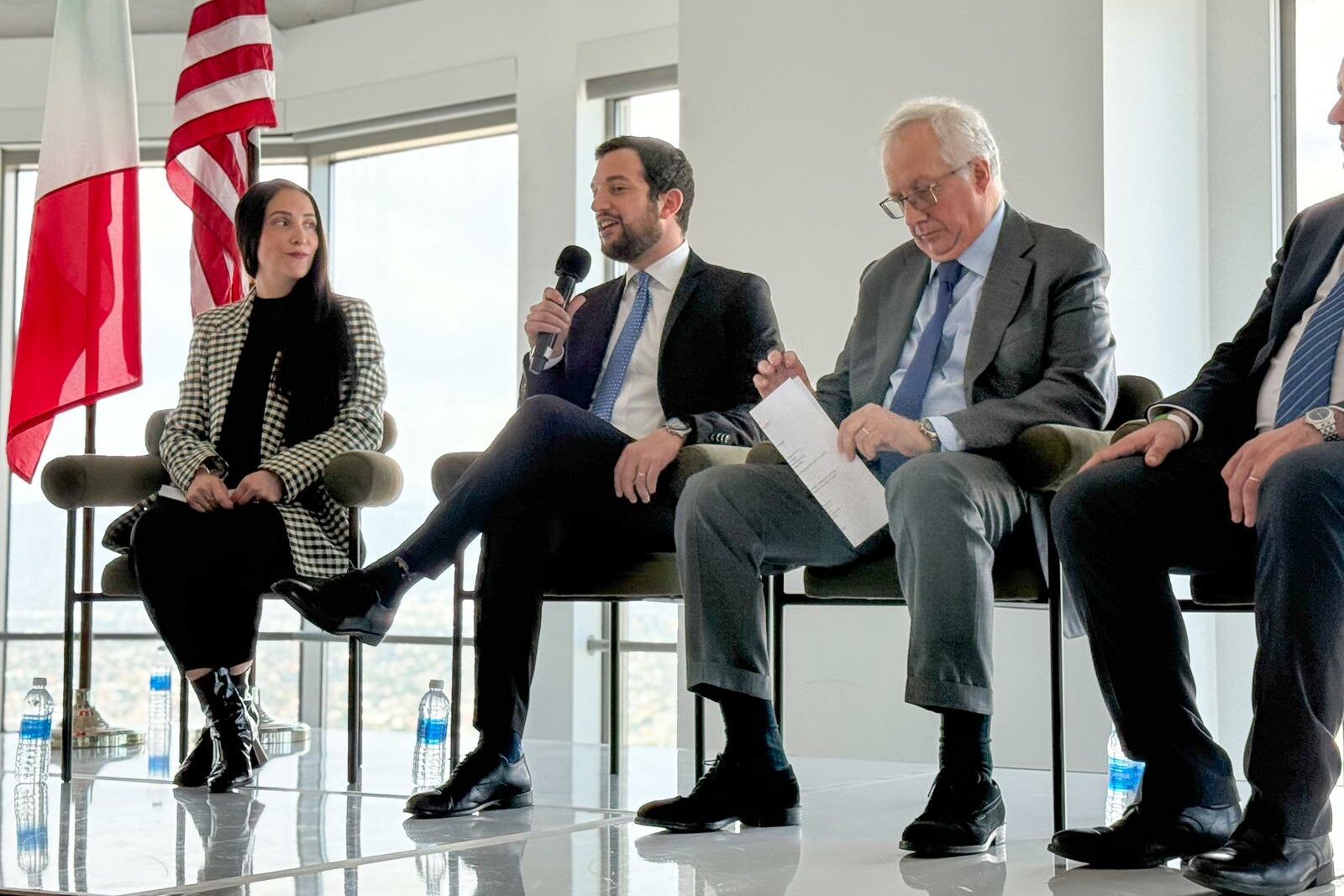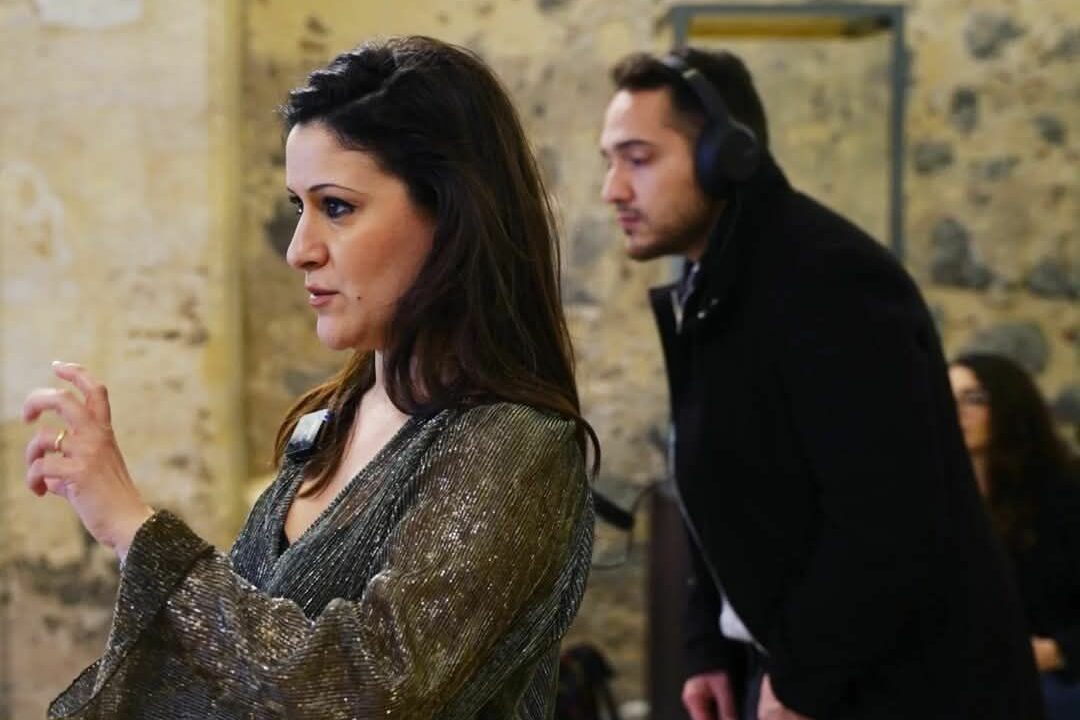“At one point, at 47, I realized that I wanted to open my own restaurant. Everyone thought I’d last two or three months, but after 18 years I’m still open.” Gino Angelini, a chef from Rimini, but transplanted in Los Angeles since 1995, and considered one of the best Italian chefs in America, proudly tells me while offering me what’s on the menu for the day. I choose some fish and artichokes from the appetizers list, which he prepares revisiting his grandmother Elvira’s recipe. “She used to add anchovies and breadcrumbs, I like to cook them a little lighter.”
Simplicity and tradition are the two words that best describe chef Gino’s cuisine, who managed to turn cucina povera from rural Italy into wonderful and classy dishes. A tradition that turns personal when it comes to his famous green lasagna, photographed and published on the Los Angeles and the New York Times, and dedicated to his beloved grandmother. “As a child I was picky, I didn’t want to eat lasagna.” Gino explains to me, with his light blue eyes sparkling with emotion. “My family had to cook things differently for me. I was fussy and I was thin, while the others were all sturdy. One day, to convince me to eat the lasagna, my grandmother put some fried spinach on it, an addition that I still propose to my customers and that I felt I had to dedicate to her.”
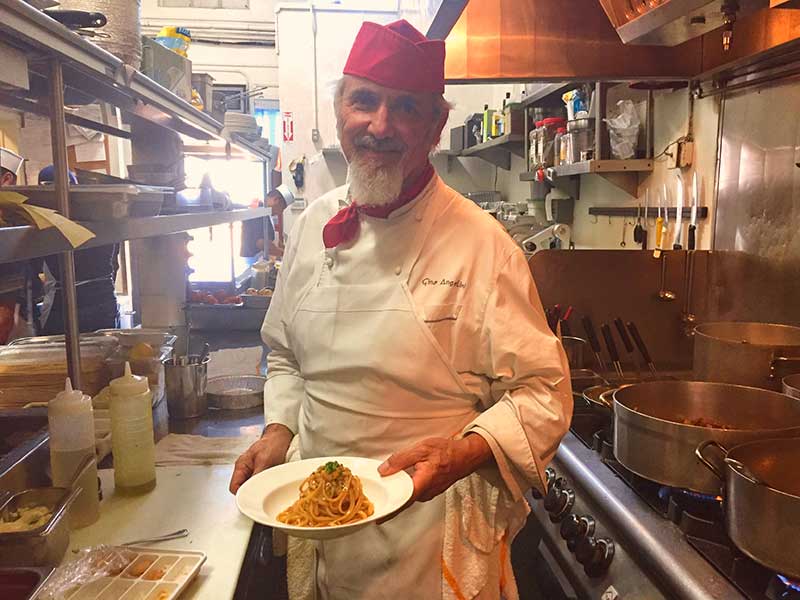
Simplicity and tradition are the two words that best describe chef Gino’s cuisine
Gino, your Nonna Elvira lasagna reminds me of the flavors of home. What is the first memory you have of food at your house?
I remember my sister at nine, kneading dough. My grandmother sitting on a tree trunk under the pergola in our porch, with two pairs of glasses on her nose to see better while cleaning the ducks, an amazing thing to witness. When it comes to flavors, I remember pancotto, stale bread cooked with salt and pepper.
What’s the dish you link more strongly to your childhood?
Definitely gnocchi with pigeon sauce. When I go back to Italy, my sister cooks them for me even if they are never as good as my mother’s.
Your first experience in Los Angeles was at the historic restaurant Rex. What memories do you have of those days?
The Rex was a great restaurant, we did a very innovative cuisine. Mauro Vincenti, the owner, used to tell us every evening: “Sixty customers and that’s it!”. Mauro had a great passion and knowledge about food, every day he created a new menu with fresh produce, he would send us every day to the market! For me it was a fundamental experience.
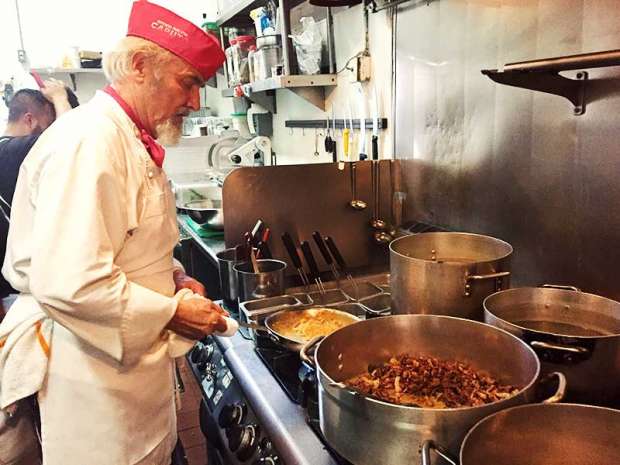
Gino Angelini at work at Osteria Angelini
What did he teach you?
To not compromise. Many restaurateurs adapt to American tastes using, for example, a lot of garlic. I always tell my customers: “We don’t eat that much garlic in Italy.”
Don’t you ever compromise, then?
Never. Not even when they ask me for pasta Alfredo. One day a group of customers wanted it and I told them that I don’t have it in my menu: out of four people sitting at the table one was so obstinate that he didn’t eat at all. I also fought to put less bread and less butter in the food, I’m not completely against it but I like simplicity and between the butter and the extra virgin olive oil, I choose extra virgin olive oil.

Gino Angelini, a chef from Rimini, but transplanted in Los Angeles since 1995, and considered one of the best Italian chefs in America
What are your dishes like?
I try to recreate the flavors of my home like tripes, kidneys, liver, entrails, and brain, even if it is very hard to find.
What ingredients do you miss the most from Italy?
Fish from the Adriatic. When I go to Italy I always eat the simplest things: salami, piadina, grilled fish. I miss the food of my childhood. I grew up in a home where my mother and grandmother would cook all day long.
And as a cook, what do you miss from Italy?
The seasonality of vegetables because you can find them here at any time, while I like to follow the cycle of the seasons.

L.A. Chef Gino Angelini
Is there any traditional dish that you think is underestimated?
Codfish. Food lovers order it, but it is difficult for common people to ask for that. But now my customers order kidney, pork and tripes. Sometimes, they call me before hand to know if I have the vaccinara tail. It is a big satisfaction for me.
What kind of mistakes do modern chefs do today?
When they want to be too creative. It’s a consequence of nouvelle cuisine, a beautiful and simple idea from which things got a bit out of hand.
Is there anything you don’t eat at all?
Rabbits. Seeing my grandfather killing them shocked me. When I used to work at a hotel in Riccione, it was Giorgio Albertazzi’s favorite dish.
Many actors are your customers, can you give us some names?
One day when I was still working at the Rex, I started chatting with John Travolta without even recognizing him. I’m a little ignorant on the subject! And usually I don’t recognize them because they are very humble people. Tom Hanks, Steven Spielberg, Andy Garcia, Denzel Washington, Leonardo Di Caprio, Al Pacino, Matt Damon, Halle Barry, Hilary Swank and Natalie Portman, they all came to eat at my restaurant. Cameron Diaz used to come very often when she was engaged to Justin Timberlake, because he likes very much my lemon tagliolini, a dish I included in the menu as a response to pasta Alfredo: now it is our most popular dish!
A customer that you remember in particular?
Michelle Obama. After eating she greeted me and thanked me in Italian. At first no one recognized her, but when she walked out the whole restaurant gave her a big round of applause.
Is there any celebrity you’d like to have cooked for?
Lucio Battisti, I’m a fan. Many other musicians come here: Zucchero, Ramazzotti, Laura Pausini. I remember when Laura Pausini in 1989 came to sing at the Grand Hotel De Bains where I worked in Riccione. She had an incredible voice and she was only 15 years old. When she came here she was very kind, she came to greet all the guys in the kitchen speaking to them in Spanish.
What memory do you have of your collaboration with Gualtiero Marchesi?
He was a teacher for me. He had an incredible knowledge of food. Vissani, too: he was like an ingredients’ enciclopedia. What Vissani and Marchesi did for Italian chefs is incredible. In Italy, Marchesi is the one who brought the chef out of the kitchen. Thanks to him, today’s chefs go to talk with customers. They are like artists. They are celebrities now.
And do you like this?
It is good and bad, because young people see them on TV but they don’t realize all the sacrifices they have made. In a restaurant in Munich where I was doing an internship, there were 27 cooks in the kitchen, there was a stony silence, you could hear a pin drop. Marchesi also changed this: he would explain the recipe and how to a cook it out loud.
And how do you like your kitchen to be?
I like it to be happy. You have to work happily because in my opinion things taste better if done with joy and with love.
